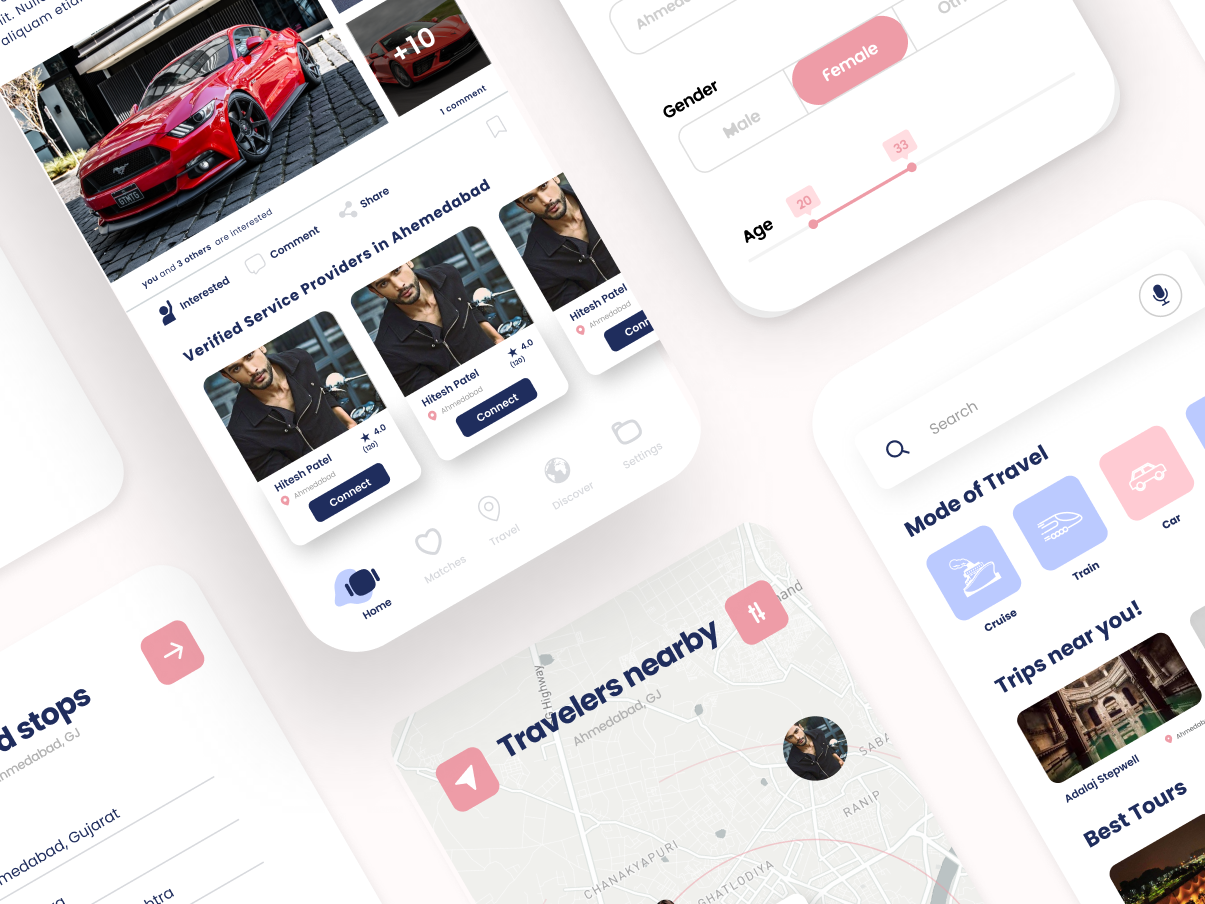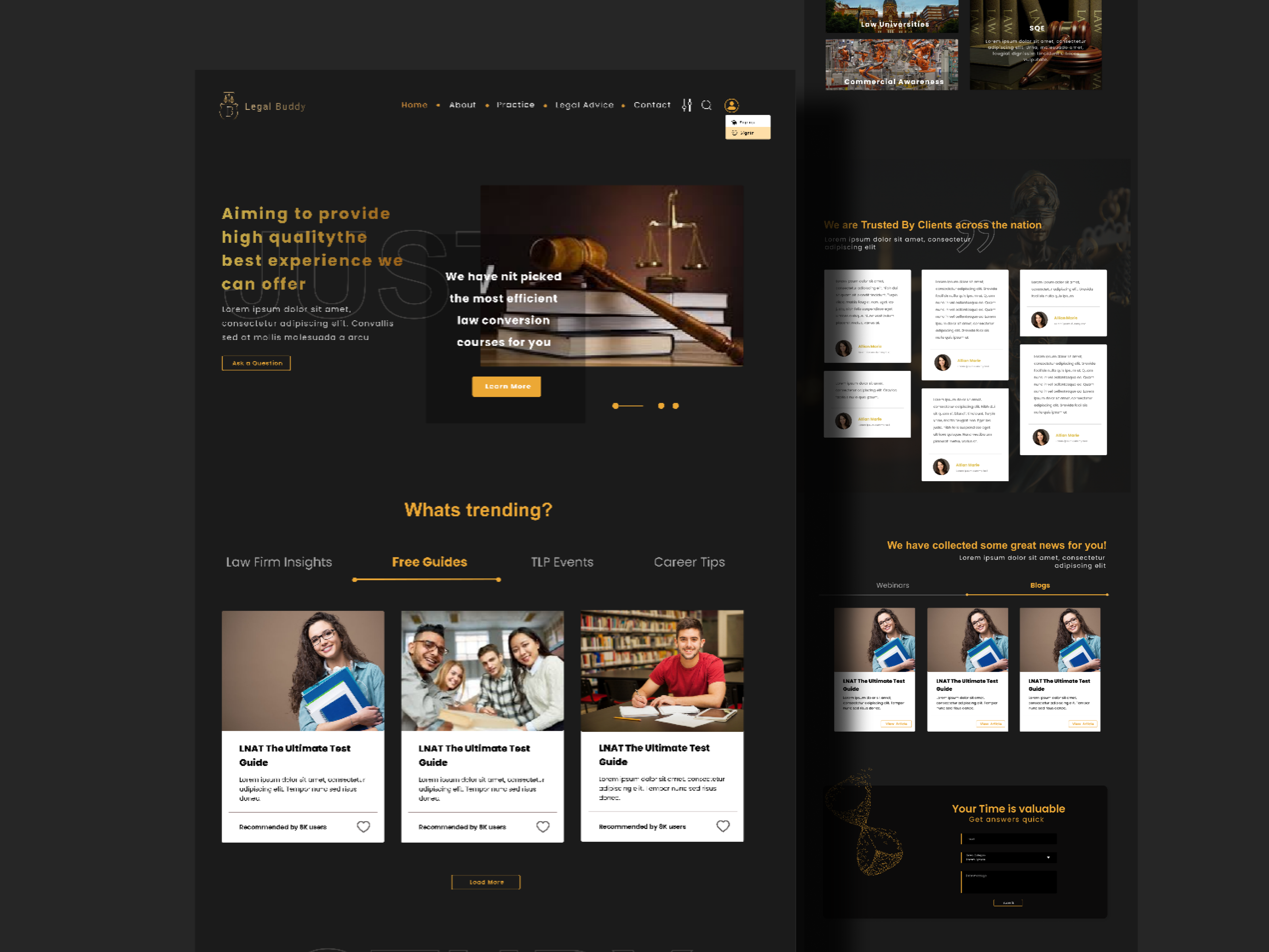Role: Research, Ideation, Visuals, Prototyping, Design. I started off as a solo designer and then started working in collaboration with my teammate
Timeline: Ongoing
Tools Used: Figma, Miro board, Whiteboard, Pen + Paper
Timeline: Ongoing
Tools Used: Figma, Miro board, Whiteboard, Pen + Paper
Scope
1. A Platform to help suicidal, drug substance abuse clients
2. Interview experts to learn how to understand the client’s behavioral mechanisms
3. Provide stimuli that can trigger the positive thoughts by providing different activities to stir up brain function
4. Create a system where there is confidential and feasible communication (via digitalization) between the clients and providers.
Design Rationale
The Problem
Imagine that you are knee-deep into alcoholism and drugs but need to get out of it ASAP before it destroys you! WHO reported 0.5 million deaths from drug substance abuse alone. The primary reason for the deaths is addiction, loneliness, and eventually suffocation from life. Finding help in such situations is difficult and may feel impossible if the reason is Depression.
I have noticed that if the help is given when the energy is drained out of the body, one tends to lean towards the help and take it
Solution
Kyros is an app designed to help clients find and connect with providers who specialize in the concerning factors laid by the clients, by providing a platform where clients can find people who can guide them in the right direction, help them. Clients can engage in activities such as blogging, reading, exercising, etc to stimulate brain growth. The app is an easy, feasible, and effortless method to create a Kyros to recovery!
Discover and Empathize
Research
More than 6 interviews are conducted already with providers who have expertise in working closely with clients having LADC or drug abuse issues, suicidal thoughts, or are suffering from depression. More than 3 interviews have been taken with clients suffering from the same
Here are my main findings:
Initial Observation
Initial Observation
Many cognitive evaluations and differential diagnoses are taken in the initial phases.
Arenas to meet
There is a combination of arenas that are considered: the general background and history of their addictions, about how they found out about the program. The interviewee would create a family diagram with them and see where the genetics overlapped in order to trace the addiction in the previous generation(s) of the family tree.
Paradoxical Effect
Stimulants have paradoxical effects on the medication. So, if you give someone who doesn't have ADHD a stimulant, they get stimulated, but the paradoxical effect for someone with ADHD is that if you give them a stimulant, it'll put them to sleep.
Define
Synthesize and Analyze
We then started analyzing the data gathered from the research phase. We were then able to see patterns and gain valuable insight that helped me really define the users and the problem they are facing. We started by creating an affinity map and empathy maps.
Affinity mapping
User Flow map
Ideation
Once we had defined the problem, we started working on the solution, generating ideas using various techniques like brainstorming, sketching, and creating wireframes. As a result of the ideation process, we came to the conclusion of creating a platform where clients and providers can interconnect.
User Flow Map
We created User Flows to get a visual representation of what routes the users
might take through the app to achieve a goal. The red routes represent the
routes that are critical to the design.
Care Team Flow for Clients
Wireframes
Onboarding questions
Homepage + Appointments
Visual Design
We created a Design System to ensure consistency and set standards throughout the whole project.
- Atomic Structure
- Auto Layouts
- Color System
Test and Validate
Usability Testing
Two rounds of usability testing were conducted with 5 participants in each round (of which 2 participants did not permit us to share any information). This led to further iterations and improvements.
Final Design
Final Thoughts
1. It is easy to get caught up in the details and spend a lot of time on making things perfect, which you most likely have to change at a later stage. Rather get on with the process, and make things pixel perfect after feedback and iterations are done.
2. Staying organized from the beginning will save you a lot of time.
3. We have learned a lot from all my test sessions and been able to see things through the eyes of the users. Things that might be obvious to me, might not be obvious to the user. Getting continuous feedback is valuable.

